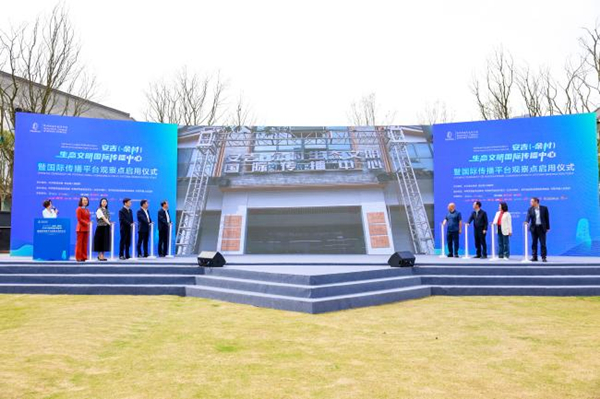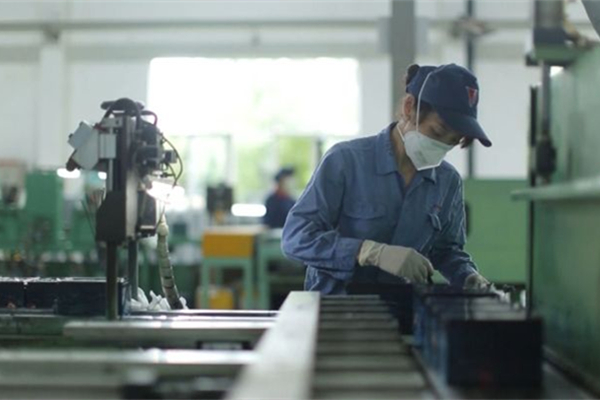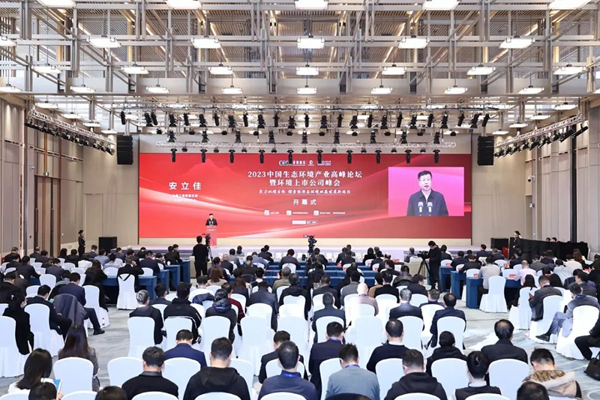Five years on: Anji reaps dividends from green development
Anji, the cradle of the concept which states that "lucid waters and lush mountains are invaluable assets", achieved fruitful results in the past five years by sticking to the path of green development.
A complete bamboo industrial chain has formed in Anji county, East China's Zhejiang province.
The county's bamboo production volume takes up just 1.8 percent of China's total, but the output value of its local bamboo industry accounts for 10 percent of the national total.
Anji is home to 30 enterprises above designated size in the bamboo industry, with an annual output value of 3.94 billion yuan ($606.15 million), official statistics show.
In addition, wide stretches of bamboo forests in the county have attracted numerous tourists. One of the beneficiaries of these rich bamboo resources is Daxi village in Tianhuangping town.
More than 200 homestays have been set up in the village, with about 70 percent of residents engaged in rural tourism and having an average annual income of roughly 50,000 yuan.
For three years in a row, Anji has ranked first among counties nationwide in terms of comprehensive tourism strength.
The development of the bamboo industry epitomizes the county's robust economic growth from 2017 to 2021. Over the five-year period, the county's gross domestic product (GDP) increased from 39 billion yuan to 56.63 billion yuan, registering an average annual growth of 8.2 percent.
Its fiscal revenue jumped from 6.03 billion yuan to 11.08 billion yuan, growing an average of 12.9 percent per year.
The county also topped Huzhou in terms of foreign trade volume 13 years in a row.
The per capita disposable income gap between its urban and rural residents has also narrowed from a ratio of 1.93 to 1.66.
In the next five years, Anji will strive to lift its GDP and fiscal revenue to 90 billion yuan and 20 billion yuan, respectively.





